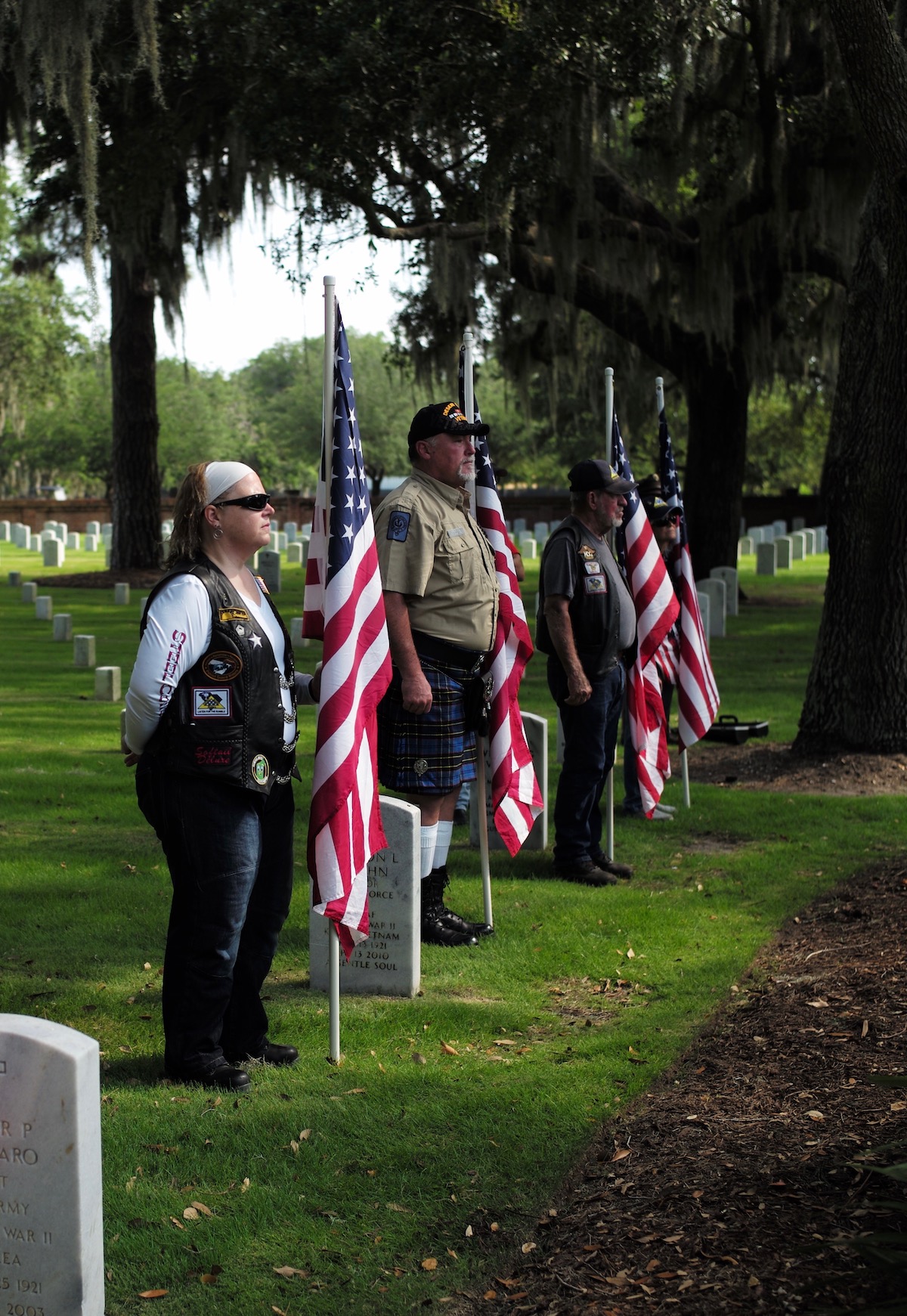Last week’s article introduced readers to what the PACT Act is, explained what positive changes this new law brings to veterans and their family members, and gave the online resources (URLs-Uniform Resource Locators) veterans and their family members can read to better understand and file for PACT Act benefits. It also gave a list of 18 questions that this series of four articles will answer on the PACT Act.
What does it mean to have a presumptive condition for toxic exposure?
The VA website for information on The PACT Act and Your VA Benefit, https://bit.ly/3ARbVrn provides the following answer: To get a VA disability rating, a veteran’s disability must connect to their military service. For many health conditions, veterans need to prove that their military service caused their condition (illness, injury, wound, disability). But for some conditions, the VA automatically assumes (or “presumes”) that the veteran’s service caused their condition. The VA calls these “presumptive conditions.”
The VA considers a condition presumptive when it’s established by law or regulation. Most importantly, if a veteran has a presumptive condition, he or she does not need to prove that their military service caused the condition. You only need to meet the service requirements for the presumption.
Gulf War era and post-9/11 Veteran eligibility
What burn pit and other toxic exposure conditions are now presumptive?
The VA website at https://bit.ly/3ARbVrn states that the VA has added more than 20 burn pit and other toxic exposure presumptive conditions based on the PACT Act. This change expands benefits for Gulf War era and post-9/11 Veterans.
What cancers are now presumptive?
According to the VA website https://bit.ly/3ARbVrn, these cancers are now presumptive: Brain cancer, Gastrointestinal cancer of any type, Glioblastoma, Head cancer of any type, Kidney cancer, Lymphatic cancer of any type, Lymphoma of any type, Melanoma, Neck cancer of any type, Pancreatic cancer, Reproductive cancer of any type, and Respiratory (breathing-related) cancer of any type.
What illnesses are now presumptive?
According to the VA website https://bit.ly/3ARbVrn, these illnesses are now presumptive: Asthma that was diagnosed after service, Chronic bronchitis, Chronic obstructive pulmonary disease (COPD), Chronic rhinitis, Chronic sinusitis, Constrictive bronchiolitis or obliterative bronchiolitis, Emphysema, Granulomatous disease, Interstitial lung disease (ILD, Pleuritis, Pulmonary fibrosis, and Sarcoidosis.
How does a veteran know if he or she has a presumptive exposure to burn pits?
Reference the VA website https://bit.ly/3ARbVrn, if a veteran served in any of these locations and time periods, the VA has determined that the veteran had exposure to burn pits or other toxins. The VA calls this having a presumption of exposure.
On or after September 11, 2001, any of these locations include Afghanistan, Djibouti, Egypt, Jordan, Lebanon, Syria, Uzbekistan, Yemen, and the airspace above any of these locations.
On or after August 2, 1990, in any of these locations include: Bahrain, Iraq, Kuwait, Oman, Qatar, Saudi Arabia, Somalia, The United Arab Emirates (UAE), and the airspace above any of these locations
Is a veteran eligible for free VA health care as a post-9/11 combat Veteran?
The VA has extended and expanded VA health care eligibility based on the PACT Act. The VA (and this writer) encourages veterans to apply, no matter their separation date. Your eligibility depends on your service history and other factors.
If a veteran meets the requirements listed here, he or she can get free VA health care for any condition related to their service for up to 10 years from the date of their most recent discharge or separation. The veteran can also enroll at any time during this period and get any care they need, but they may owe a copay for some care.
At least ONE of these must be true of the veteran’s active-duty service:
1. The veteran served in a theater of combat operations during a period of war after the Persian Gulf War, or
2. The veteran served in combat against a hostile force during a period of hostilities after November 11, 1998
And this MUST be true for the veteran: The veteran was discharged or released on or after October 1, 2013.
The VA (and this columnist) encourages veterans to enroll now so the VA can provide any care they may need now or in the future. Enrollment is free.
What if a veteran was discharged or released before October 1, 2013?
If a veteran meets the requirements listed here, he or she can receive care and enroll during a special enrollment period between October 1, 2022, and October 1, 2023.
At least one of these must be true of the veteran’s active-duty service:
1. The veteran served in a theater of combat operations during a period of war after the Persian Gulf War, or
2. The veteran served in combat against a hostile force during a period of hostilities after November 11, 1998
And both of these must be true for you:
1. The veteran was discharged or released between September 11, 2001, and October 1, 2013, and
2. You haven’t enrolled in VA health care before.
The VA (and this writer) encourages veterans to apply during this 1-year period so that the VA can provide veterans with any care they may need now or in the future. Enrollment is free. And the veteran’s care may be free as well.
Next week’s article will cover what new Agent Orange (Vietnam-era veterans) presumptive conditions will VA add? What new Agent Orange (Vietnam-era veterans) presumptive locations will VA add? And What new radiation presumptive locations will VA add? However, for those Gulf War and post-9/11 veterans, here is how you can file a claim based on your PACT Act and a presumptive condition (or any other eligibility):
Online
Go online to https://www.va.gov/disability/how-to-file-claim/ and file your disability compensation claim.
By mail
File your claim by mail using an Application for Disability Compensation and Related Compensation Benefits (VA Form 21-526EZ).
Download the form at https://www.va.gov/find-forms/about-form-21-526ez/. Print the form, fill it out, and send it to this address: Department of Veterans Affairs, Claims Intake Center, PO Box 4444, Janesville, WI 53547-4444.
In-person
Bring your application to a VA regional office near you. You can find a VA Regional Office near you at https://www.va.gov/find-locations/?facilityType=benefits.
Larry Dandridge is a Vietnam War wounded warrior, disabled veteran, ex-Enlisted Infantryman, ex-Warrant Officer Pilot, and retired Lt. Colonel. He is a past Veterans Service Officer, a Patient Adviser at the RHJ VA Hospital, the Fisher House Charleston Good Will Ambassador, and the VP for Veteran Affairs for the local Army Association Chapter. Larry is the author of the award-winning book Blades of Thunder and a contributing free-lance writer with the Island News. Contact him at LDandridge@earthlink.net or 843-276-7164.









